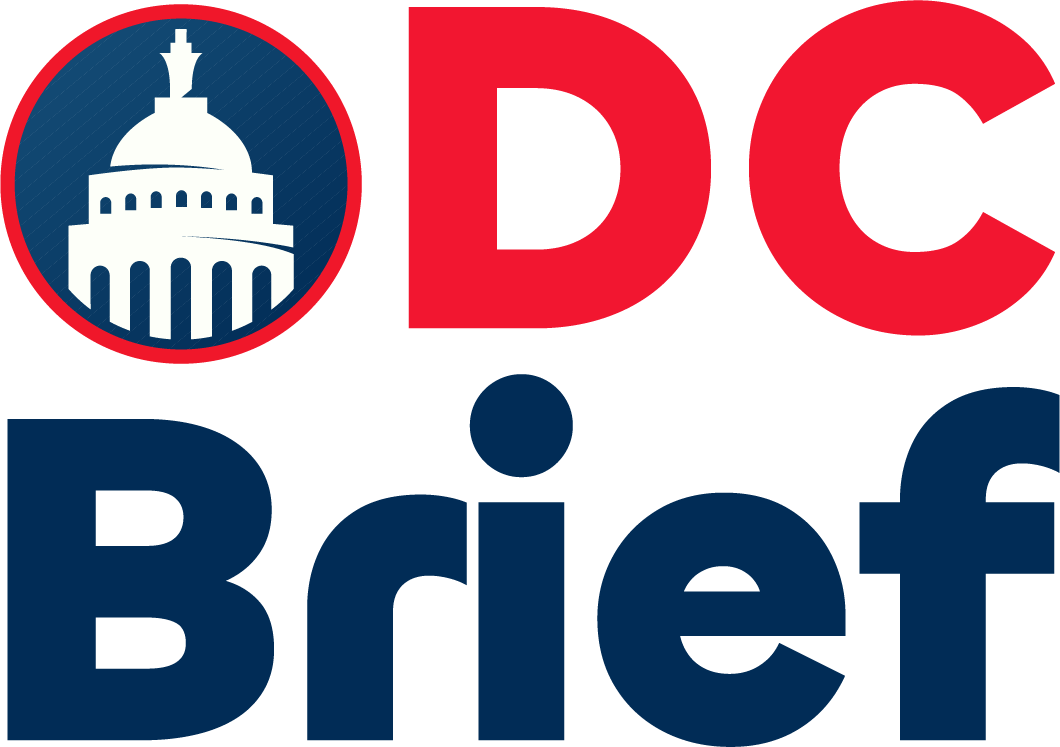The US inflation rate likely increased slightly in July, attracting close attention from policymakers and business leaders. Analysts expect a 2.8% year-over-year rise, compared to 2.7% the previous month. This modest increase comes as the economy faces pressure from tariffs on imported goods. Price growth in several categories is adding to the upward trend. Economists believe the next policy decisions will hinge on these numbers.
Over the past two months, prices have climbed faster, especially for items such as clothing, furniture, and toys. The US inflation rate has been influenced by higher import costs, with tariffs playing a modest role in the rise. While the rate remains below the 3% recorded earlier in the year, its upward movement could shift monetary policy. Economists warn that prolonged increases may affect consumer spending habits. They also note that higher costs in essential goods could amplify inflation concerns.
President Donald Trump recently dismissed the Bureau of Labor Statistics commissioner following the release of a weak jobs report. William Wiatrowski has stepped in as acting commissioner while the administration searches for a permanent replacement. Trump accused the agency of manipulating data, a claim without supporting evidence. The dispute comes at a time when accurate economic information is critical. Many market analysts see stability at the BLS as vital to investor confidence.
The release of the inflation data arrives at a challenging moment for the US economy. Job growth has slowed to its weakest pace since 2020, signaling reduced hiring momentum. GDP data shows annualized growth of 1.2% in the first half of the year, down from 2.8% a year earlier. This slowdown, combined with higher prices, has sparked concerns about stagflation. Economists define stagflation as a period of weak growth and rising prices occurring together.
Stagflation poses a difficult challenge for the Federal Reserve as it prepares for its next rate-setting meeting. Raising interest rates could help cool inflation but might slow the economy further. Cutting rates could stimulate growth but risk pushing prices higher. The US inflation rate will be a key factor in shaping the Fed’s decision. Balancing these risks will require precise and coordinated action.
Investor sentiment currently favors a rate cut, with the probability at 86% according to market tools. This expectation reflects both the economic slowdown and fears of further price increases. Many investors believe a cut could support markets, yet some warn it might fuel inflation. Policymakers must weigh immediate economic relief against long-term price stability. The decision will influence business planning and consumer confidence alike.
Ultimately, the US inflation rate’s slight increase underscores the fragile state of the economy. Policymakers face pressure to address rising costs without stalling growth. Businesses and households alike await signs of a balanced approach. The coming months will reveal whether the economy can avoid stagflation and return to steady growth.
For more business updates, visit DC Brief.


